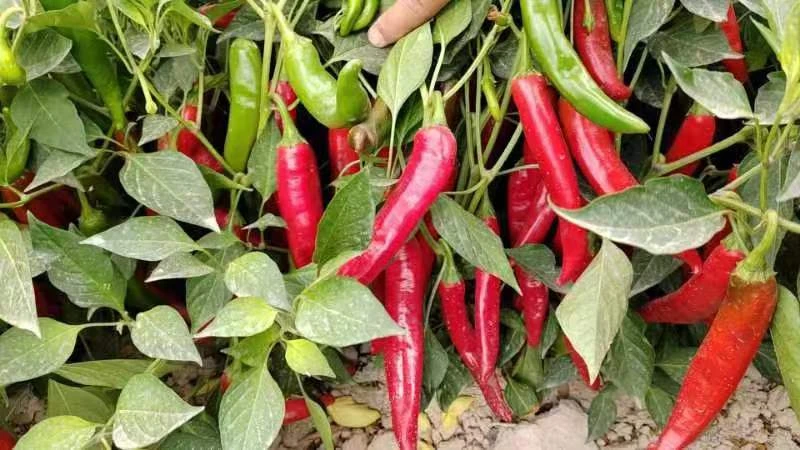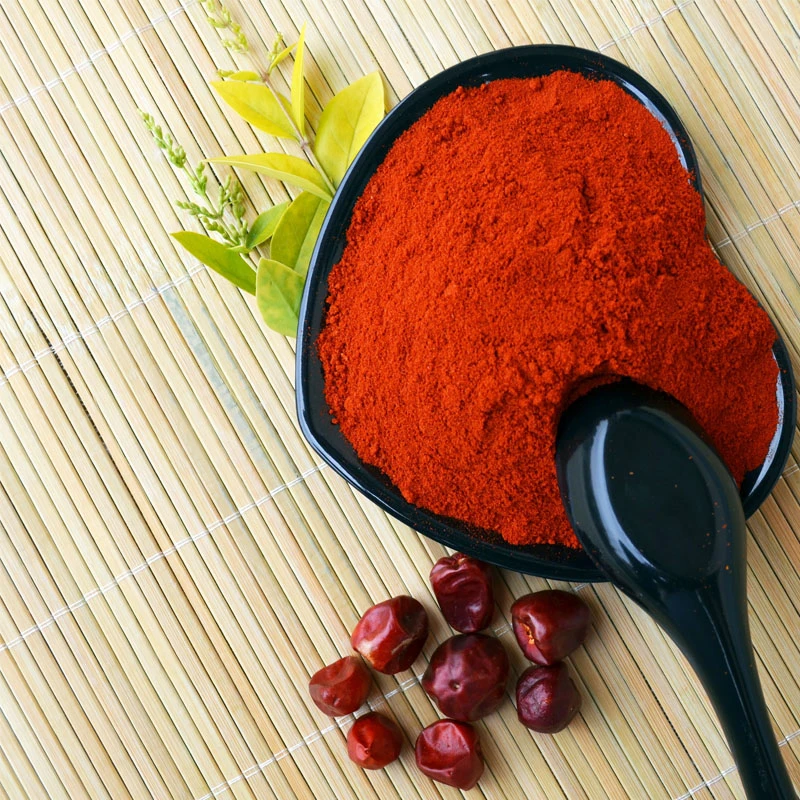- No. 268 Xianghe Street, Economic Development Zone of Xingtai city, Hebei 054001 China
- Byron@hbhongri.cn
Jan . 24, 2025 05:15
Back to list
Paprika powder
Cooking with paprika opens up a world of culinary possibilities, adding color, flavor, and fragrance to dishes from various cultures. Paprika, a ground spice made from dried red peppers, varies in flavor depending on the region and type of peppers used—from sweet and mild to hot and spicy. Understanding its diverse uses can transform your cooking, providing a richer and more authentic taste experience.
For cooks seeking to elevate their cuisine with paprika, experimentation is key. Try infusing oils or vinegars with paprika to create flavorful bases for salads and marinades. Customize your spice blends by combining different types of paprika with other spices, such as cumin or garlic powder, to season everything from roasted nuts to popcorn. The versatility of paprika allows you to craft unique blends that reflect your taste preferences. Paprika’s vibrant color makes it an excellent garnish, adding visual appeal to dishes. Dust it over deviled eggs, hummus, or potato salad for a touch of color. However, be mindful of its flavor profile, ensuring it complements rather than overpowers the dish’s primary flavors. Using paprika can also be an entry point into exploring world cuisines. Experiment through traditional recipes like Moroccan tagines, Indian curries, or Mexican tacos, which often use paprika as a vital seasoning. Understanding how different cultures incorporate paprika can inspire you to adopt techniques and flavors that enhance your cooking repertoire. In conclusion, cooking with paprika is more than just incorporating a spice; it is about embracing a rich tradition and elevating your culinary creations. Its versatility makes it a staple in both conventional and creative cooking, offering endless possibilities for both novice and experienced cooks alike. With paprika as part of your spice collection, your kitchen becomes a canvas for colorful and flavorful culinary artistry. Aim to explore and appreciate its versatility, and it will reward your dishes with depth, warmth, and a touch of exoticism.


For cooks seeking to elevate their cuisine with paprika, experimentation is key. Try infusing oils or vinegars with paprika to create flavorful bases for salads and marinades. Customize your spice blends by combining different types of paprika with other spices, such as cumin or garlic powder, to season everything from roasted nuts to popcorn. The versatility of paprika allows you to craft unique blends that reflect your taste preferences. Paprika’s vibrant color makes it an excellent garnish, adding visual appeal to dishes. Dust it over deviled eggs, hummus, or potato salad for a touch of color. However, be mindful of its flavor profile, ensuring it complements rather than overpowers the dish’s primary flavors. Using paprika can also be an entry point into exploring world cuisines. Experiment through traditional recipes like Moroccan tagines, Indian curries, or Mexican tacos, which often use paprika as a vital seasoning. Understanding how different cultures incorporate paprika can inspire you to adopt techniques and flavors that enhance your cooking repertoire. In conclusion, cooking with paprika is more than just incorporating a spice; it is about embracing a rich tradition and elevating your culinary creations. Its versatility makes it a staple in both conventional and creative cooking, offering endless possibilities for both novice and experienced cooks alike. With paprika as part of your spice collection, your kitchen becomes a canvas for colorful and flavorful culinary artistry. Aim to explore and appreciate its versatility, and it will reward your dishes with depth, warmth, and a touch of exoticism.
Next:
Latest news
-
Turmeric Rhizome Powder: A Golden Treasure from Roots to TableNewsJul.28,2025
-
The Versatile Application Of Crushed Red Hot Peppers: Lighting Up The Red Flames On The Dining TableNewsJul.28,2025
-
The Paprika: A Touch Of Vibrant Red In Color, Flavor, And CultureNewsJul.28,2025
-
Ground Turmeric: A Modern Examination of an Ancient SpiceNewsJul.28,2025
-
Capsicum Liquid Extract: Features, Applications, and ChallengesNewsJul.28,2025
-
Application of Capsicum Liquid Extract in FoodNewsJul.28,2025







